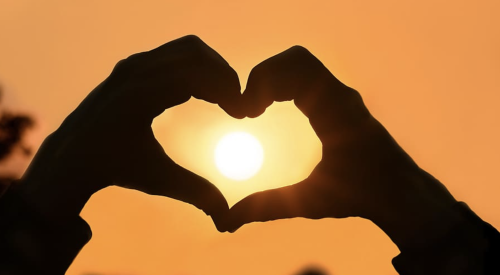 |
Ever heard the adage, "If you wrestle with a pig, you'll only end up getting muddy. And that's something the pig likes."
It relates to home building: if you wrestle with your customer, you're going to end up getting muddy, and your customers won't mind a bit. Matter of fact, most of them are counting on it.
In Seth Godin's "All Marketers Are Liars: The Power of Telling Authentic Stories in a Low-Trust World," he explains why people behave as they do. To him, explaining their behavior is pretty simple. People behave the way they do because of their opinions, or as Godin says, their world view.
Everybody has a world view and their actions or behaviors reflect how and what they believe. Sales associates have a world view of customers. Customers have a world view of sales associates. And for that matter, they both have a world view of selling. A customer's world view of selling is very different than that of the sales person. When it was a seller's market, the customer's view didn't matter, but in today's market, it's a big deal.
Your customers' world view causes them to believe that your purpose in life is to talk them into doing something that's good for you but not for them.
Today's customers know that it's all about them. If your customers feel like they are in charge, selling like you used to sell is only making things worse. In other words, you're wrestling with the pig. And if you decide to wrestle with your customers, you're going to lose.
Customers are saying you're no different than any of your competitors. In fact, they're telling us:
- Builders look the same
- Communities look the same
- Sales people look the same
- Discounts look the same
What customers are saying is both the problem and the solution. It's a problem because they can't tell the difference between you and everyone else. And to make things worse, you can't do much about it. You're pretty much stuck with the product you have and the places you build. And if you decide to change your incentive, your competition says "me, too" an hour later.
You've already noticed that I've mentioned builders, communities and incentives but not salespeople. And I'm sure you're already thinking I'm going to try to tell you that selling is the answer to your problems. Not really. It's not selling at all — it's how you sell. If you're focusing on improving your sales, you're probably focusing on how to sell better, and that means just practicing what you already do. But that's not the answer.
To crack the code for today's market you need to start focusing on your customers instead of yourself. Tom Peters thinks so, too. In one of his latest books, "Reimagine: Business Excellence in a Disruptive Age," he defines value added in terms of the quality of a customer's experience.
Peters says that an experience is an event and it leaves an indelible customer memory. What this boils down to: the minute your customer realizes that your product has almost the same features, quality, design and incentives as your competition, your sales associate becomes your added value.
And that means that if you want to sell more effectively, you have to start by creating a memorable experience for your customers.
There's a new rule for selling, and it's probably one of the most important sales rules to come along in decades. Matter of fact, it should be something you remember as you plan your selling strategies.
Everything that touches a customer is the result of a process.
You have a design, selection, production and service process — and specifically a sales process. If you have a good process, your customer's experience will be good. If your process is flawed, your customer's experience will be flawed.
But how are you supposed to know if your process is good or bad?
Ask yourself these questions and you'll have a pretty good idea if your sales process will help your customers achieve their agenda:
- Does my selling process create value for me or does it create value for my customer?
- Do the questions I ask benefit me or benefit my customer?
- Does my process focus on selling the customers or helping customers sell themselves?
Neil Rackham, author of "SPIN Selling," said it best: "Value has migrated from the product to how the product is acquired." And Rackham's statement points out the biggest and best-kept secret in the home building industry: the key to making your numbers rests with your sales people and the experience they create for your customer. After all, it's the quickest, easiest and most inexpensive way to gain an insurmountable advantage over your competition.
| Author Information |
| Rick Heaston is president of R.A. Heaston and Co., a sales training and marketing firm. You can reach him at rick@touchpointselling.com. |












